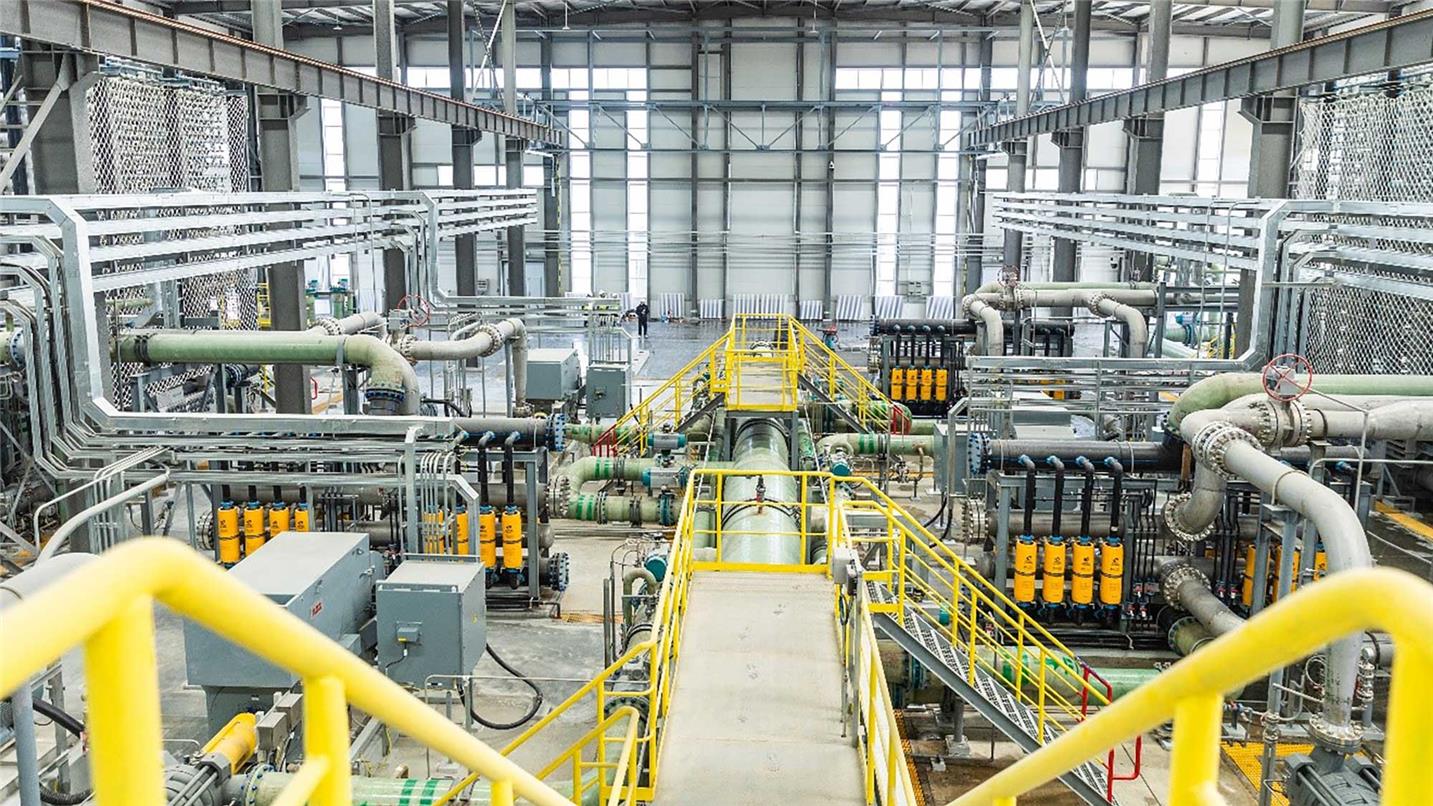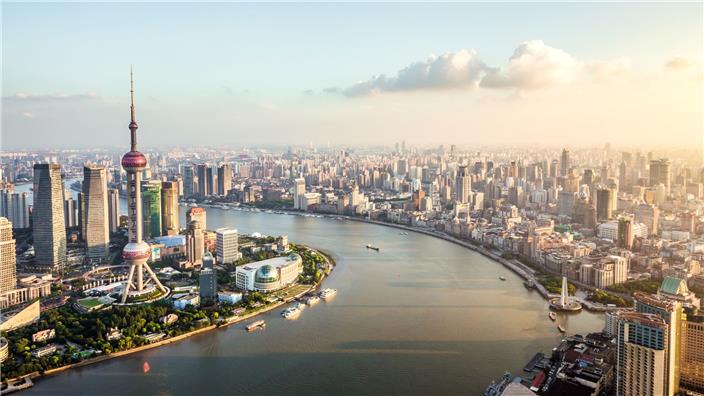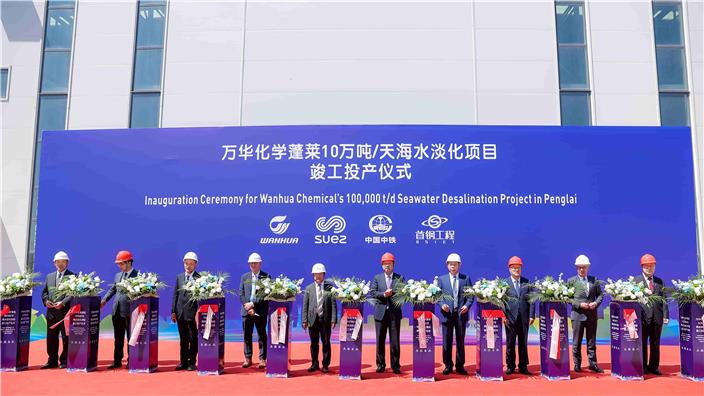- Industrial water and wastewater treatment solutions
- Contractual schemes adapted to your requirements
Form is loading.
If the form does not load after a few seconds, please reload the page (CTRL + F5 or (or Cmd + Shift + R on Mac).
We provide you with state-of-the-art solutions, including cutting-edge Zero Liquid Discharge, sludge treatment and sludge recovery. Thanks to our active R&D program, we can also provide advanced analysis, solutions and services to treat effluent with complex pollutants or pollutants of emerging concern (like micropollutants, PFAS…).
Design and Build of treatment equipment
We design and build production and treatment processes appropriate to ensure the quality and quantity of your industrial water and effluents
We support you in defining optimal treatment process and technologies according to the available water sources, fulfilling the requirements and quality specifications for industrial water, wastewater treatment and recycling.
We can take the design and installation of the treatment equipment directly on your site, including:
- Audit of flows
- Separation of flows
- Process water production
- Specific treatments for the removal of hydrocarbon, nitrogen, phosphorus, dissolved solids, salts, metals, micropollutants & chemicals of emerging concerns (like PFAS), organic pollutants, heavy metals…
- Reuse of wastewater
- Treatment of third-party effluents
- Modular equipment
- Sludge treatment and energy recovery
Operations and Maintenance of your water and wastewater facilities
As a water cycle expert, we operate and maintain industrial facilities, using innovative and efficient solutions to help increase the lifetime of your equipment and optimise it.
After carefully studying your existing systems and needs, we offer customised services and contracts. Our organisation and operating processes meet the highest standards in terms of health and safety, supervision, on-call duty and reporting. We implement progress plans that guarantee the continuous improvement of the performance and efficiency of the equipment.
Our commitments to operate and maintain your facilities include:
- Responsive and efficient technical support, thanks to our knowledge of your equipment, which guarantees continuity of service
- Proximity of our teams to ensure any intervention
- Quantitative reports providing a global view of your incoming and outgoing flows
- Maintenance on Computerised Maintenance Management System (CMMS)
- Complete traceability of actions carried out
- Proposals for quantifiable and beneficial improvements to your industry and the environment
- Progress and cost optimisation plans
- Knowledge and respect of environmental standards and societal expectations
- Analysis of criticality points and implementation of specific crisis management systems to guarantee the continuation of your activity in the event of an emergency
Our scope of O&M activities can also include optimising water resources, maintaining your networks, managing fire water, recovering rainwater and carrying out energy assessments.
Technical assistance and audits
Resource preservation, environmental protection and cost control are keys to industrial competitiveness. We offer our operational expertise through audits and technical services to define optimisations and ensure the operational processes follow best practices.
From technical assessments to address water or wastewater treatment issues to comprehensive facility audits and reuse feasibility studies, we offer a wide range of services covering the entire water cycle to industrial sites.
Our service offering includes:
- Technical support, advice and process troubleshooting
- Feasibility studies, including for water reuse
- Water, wastewater and energy audits
- Strategic planning and risk analysis
- Controlled risk management
- Audit of existing technologies & processes
- Technical and financial due diligence
- Asset Management Planning
- Elaboration of tailor-made water & waste reuse solutions
Our technical expertise, complemented by our excellent knowledge of the operational conditions of each industrial sector, allows us to recommend deliverable solutions that meet your key objectives.
In addition to process water production and wastewater treatment services, we can also provide industrial sites with comprehensive waste stream management.
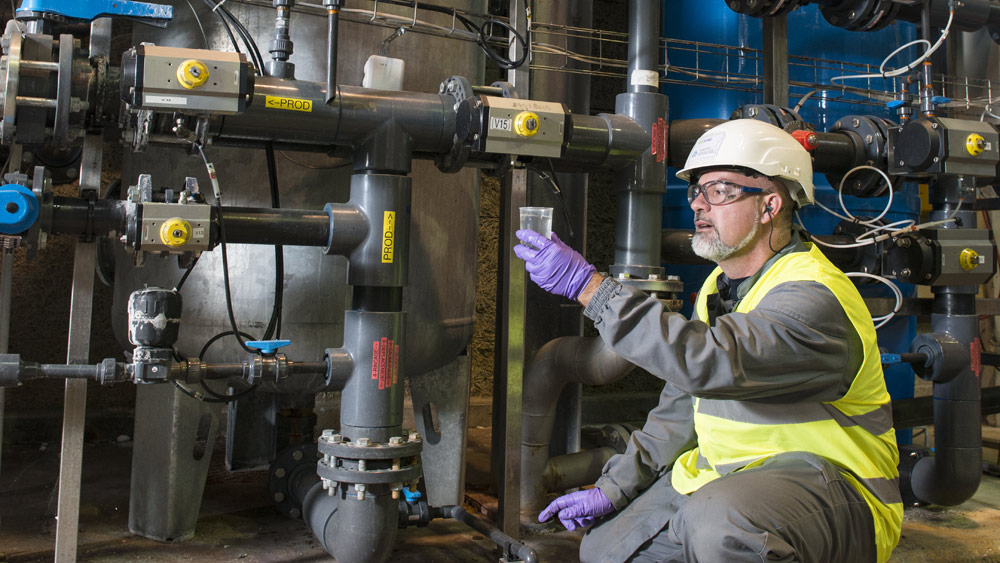
They trust us
Zero Liquid Discharge System at Huineng chemical site
Huineng Coal-to-Gas industrial site is located in Ordos City, Inner Mongolia. The project was built in two phases: Phase I operation started in 2014 and Phase II operation in 2021. Phase II project produces 1.02 billion Nm3/year of coal-based natural gas, all of which is liquefied.
Challenges in Wastewater Treatment
For Phase II of the project, the recycled water and concentrated brine treatment systems needed to solve the problems associated with hardness, silica and turbidity. The recycled water pretreatment unit requires effluent total hardness below 30 mg/L, with extremely stringent requirements. The concentrated brine treatment unit requires silica levels below 30 mg/L and turbidity below 5 NTU, demanding high treatment standards.
Solution provided by SUEZ
We provided DensadegTM for the Phase II project's recycled water and concentrated brine treatment systems. This technology efficiently removes hardness and silica from water, enhancing the water reuse system's recovery rate and ensuring stable operation of the zero liquid discharge system.
Operational Results
Effluent total hardness (as CaCO3) from the recycled water pretreatment unit remains stable below 25 mg/L after Densadeg treatment. Effluent silica (as SiO2) from the concentrated brine treatment unit stabilises below 20 mg/L with turbidity below 5 NTU in the effluent.
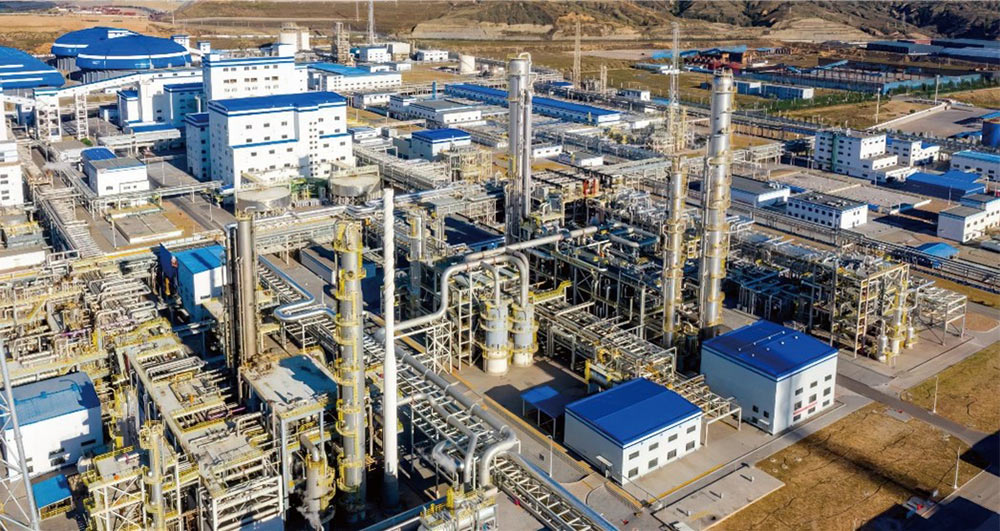
Complex effluent treatment at Lianyungang Sierbang Petrochemical site
Located in Xuwei Chemical Industry Park, Lianyungang City (Jiangsu Province), the Sierbang Petrochemical site is a 2.4 million tons/year alcohol based multi production project. It uses methanol to produce propylene, ethylene and derivative fine chemicals. It stands as the world's largest single-unit alcohol-based multi-production project.
Challenges in Wastewater Treatment
The wastewater is various such as acrylonitrile wastewater, MTO waste alkali, acid neutralisation waste, and propane dehydrogenation wastewater. It is characterised by high salinity, high COD, high organic nitrogen, and high biological toxicity. Traditional biological treatments face significant challenges to remove this complex pollution that generates high costs.
Solutions Provided by SUEZ
We use AnapulseTM to treat high-salinity wastewater. This approach effectively reduces COD concentrations and weakens biological toxicity. All biogas produced is reused in production, significantly reducing carbon dioxide emissions and operational costs. The unique HiRASTM high-load aerobic process is used to treat anaerobic effluent, controlling COD and ammonia nitrogen in wastewater.
Operational Results
With influent COD levels exceeding 7000 mg/L, the AnapulseTM pulse anaerobic process achieved over 80% COD removal. The biogas system operates stably and is fully reused in production. The HiRASTM high-load aerobic process, with short hydraulic retention time, achieves over 90% removal efficiency for COD and ammonia nitrogen. The project will reduce CO2 emissions by 8,000 tons and save RMB 20 million in operating expenses per year.
On 29 November 2021, SUEZ, Shenghong Group and Sinopec Guangzhou Engineering received the Comité France Chine (CFC) 2021 Innovative Initiative Award for their green ultra-low petrochemical wastewater discharge solution.
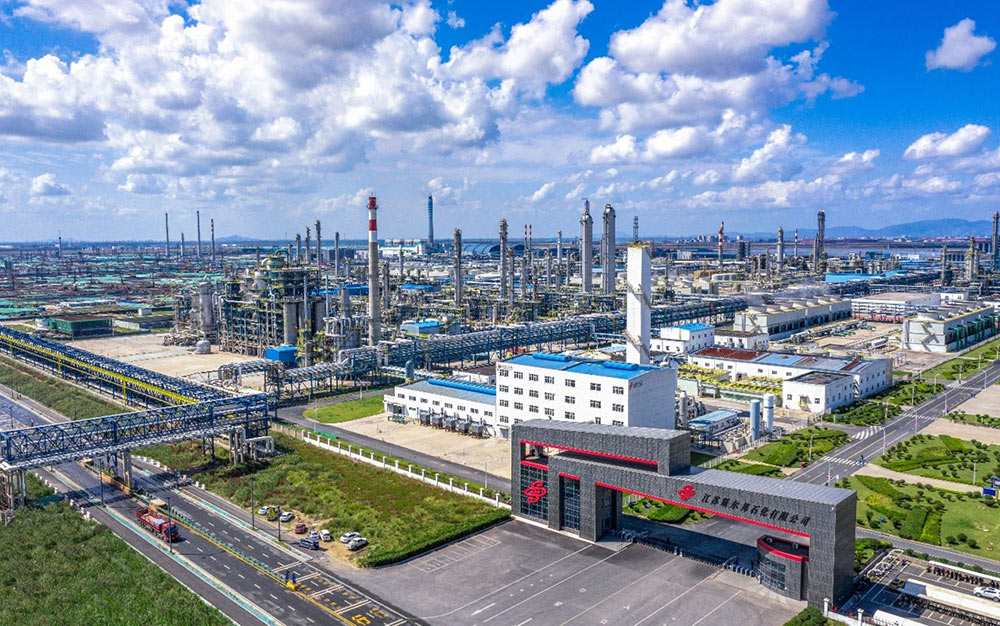
Frequently asked questions
The treatment process varies depending on the nature and concentration of pollutants in the wastewater. It generally combines physical, chemical and biological treatments to remove pollutants and meet environmental regulations. To best meet your needs, we use SUEZ’ proprietary technologies or technologies provided by suppliers or partners.
Treatment often begins with physical processes, which involve settling, filtration, flotation and screening. Chemical treatments come next. These include neutralising acids/bases, clumping particles, removing metals and, in some cases, using ozone or chlorine. Biological treatment is then used to treat organic material (aerobic or anaerobic system). Some systems combine biological treatment with membrane filtration. The treatment process also produces sludge, which must be dealt with responsibly. This sludge is thickened and dewatered, then either dried, incinerated, or disposed of according to local regulations.
For industries needing high-purity water or aiming to reuse it, additional treatments may be required, like reverse osmosis, activated carbon and UV/ozone.
In cases where Zero Liquid Discharge are required, specific treatments (like membrane filtration, evaporator or crystalliser) are used.
SUEZ has extensive experience managing industrial water and wastewater infrastructure - designing, building, operating, and maintaining facilities under long-term contracts in industrial parks, across Europe and Asia.
One recent example is their joint venture with Sonadezi to upgrade and operate the Chau Duc Industrial Park in Vietnam, for which SUEZ will oversee wastewater treatment for over 100 companies. In China, they operate several long-term concessions or Build Operate Transfer (BOT) contracts. The most well-known example is the partnership with Shanghai Chemical Industry Park, as it covers integrated water and wastewater management (44,500 m³/day capacity), plus hazardous waste treatment and even natural wetland systems.
Our services extend from standard water/wastewater treatment to advanced solutions such as water reuse and nature-based solutions, depending on the Industrial Park’s requirements. It can also cover general waste management and treatment solutions, including hazardous waste treatment and incineration.
SUEZ has developed a wide panel of expert digital solutions to constantly monitor and optimise the performance of your assets, in terms of water and energy consumption and water treatment.
Solution to monitor and optimise water / effluent treatment plants
Our digital solution AQUADVANCED® Plant provides advanced real-time monitoring of the plant as well as optimised management of decantation, filtration, aeration, anaerobic digestion and cogeneration. It supports compliance with water quality standards and optimises the operations. It reduces chemical and energy consumption through detailed tracking of their use and provides decision-support tools - from performance analysis to anomaly detection and predictive process modelling. Regarding the electricity consumption, it can achieve 15% reduction for ventilation and 10% reduction for pumping. This leads to OPEX reduction (in most cases decrease by 9% to 12% in total), while ensuring consistent, data-driven operations.
Solution to improve water network performance on industrial sites
Our solution AQUADVANCED® Water Networks helps reduce water losses, extend pipeline lifetime and protect water quality through continuous monitoring of hydraulic data and real-time pressure and quality sensors. With advanced dashboards and leak detection tools, it enables faster interventions, optimised costs and improved operational and economic performance.
Solution to monitor the energy performance of buildings and controlling water and energy consumption on a site
Our ON’CONNECT™ Fluids solution improves operational efficiency and budget control by centralising data and utility bills while monitoring water, energy and gas use in industrial sites. Dashboards, alerts for abnormal consumption and action tracking help reduce the OPEX: resulting usually in a decrease of 5 to 7% of energy consumption.
In industrial environments, water is used directly in production — such as cooling, rinsing, or as a component in manufacturing.
Alongside this, industrial activities generate various types of wastewater, which vary significantly depending on the sector:
- In the food and beverage industry, wastewater often contains high levels of organic matter, fats, oils, and suspended solids resulting from cleaning, processing, and by-product handling.
- In the chemical and pharmaceutical sectors, effluents may include complex chemical compounds, solvents, and pH variations, requiring careful monitoring and treatment.
- In the energy and power generation sector, wastewater typically includes cooling tower blowdown, boiler blowdown, and water with high mineral content or thermal loads.
- In metalworking and surface treatment industries, wastewater may contain heavy metals, oils, and surfactants from degreasing, pickling, or plating processes.
- In pulp and paper manufacturing, effluents are often rich in fibres, lignin, and bleaching agents, with high chemical oxygen demand (COD) and colouration.
These wastewater streams must be characterised and managed according to their specific composition and to the regulatory requirements.
